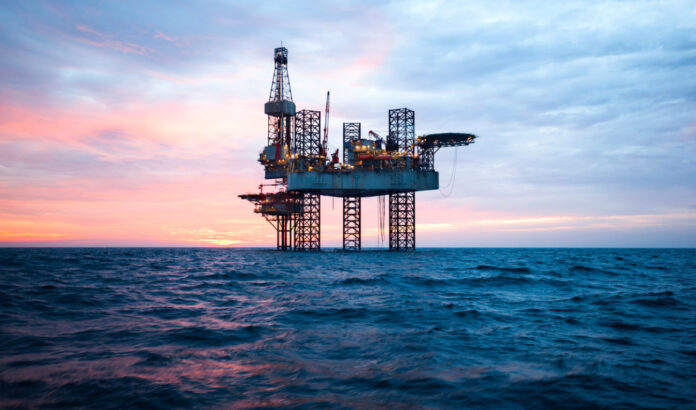DUBAI: The price of oil surged above $80 a barrel on Tuesday amid soaring demand from global economies and increasingly tight supply.
Brent crude, the global benchmark, jumped past the psychologically significant landmark for the first time in three years, after five days of rising prices.
Oil analysts believe the surge could have a long way to go. Christyan Malek, head of oil and gas at US bank JP Morgan, told Arab News: “The bull case suggests that oil could hit more than $100 a barrel by 2023, though it could reach that level within the next six to 12 months.”
Another US banking giant, Goldman Sachs, this week forecast a price of $90 a barrel for Brent by the end of this year.
Oil has risen in price by more than 90 percent over the past year as the output strategy of OPEC+ — the oil alliance led by Saudi Arabia and Russia — drained the global oil glut that depressed prices in 2020.
Global crude inventories that ballooned during the pandemic have shrunk to their lowest levels since January 2020 as the biggest oil consumers, the US and China, fuel their recovery.
Several other factors are also behind the recent run. Robin Mills, chief executive of consultancy Qamar Energy, said it was down to “gas shortages and revived demand colliding with US hurricanes and maintenance delays.”
Adding to the upward pressure on prices, oil demand will grow sharply in the next few years as economies recover from the pandemic, OPEC forecast in its World Oil Outlook published on Tuesday.
“Energy and oil demand have picked up significantly in 2021 after the massive drop in 2020,” OPEC Secretary-General Mohammad Barkindo said. “Continued expansion is forecast for the longer term.”
Oil use will rise by 1.7 million barrels per day in 2023 to 101.6 million bpd, OPEC said, adding to robust growth already predicted for 2021 and 2022, and pushing demand back above the pre-pandemic 2019 rate.
The organization said the world must continue investing in oil production to avert an energy shortage, despite the transition to renewables. Upstream oil capital spending dropped by nearly 30 percent to about $240 billion last year because of the pandemic.
“It is clear that underinvestment remains one of the great challenges for the oil industry,” Barkindo said. “Without the necessary investments, there is the potential for further volatility and a future energy shortfall.”
Nevertheless, OPEC is upbeat about its prospects. “Oil is still expected to retain its No. 1 position in the energy mix,” Barkindo said.
OPEC’s Barkindo expects oil demand to continue upward pace beyond 2021OPEC bullish on post-pandemic recovery; warns investment shortfall could hit economic comeback

